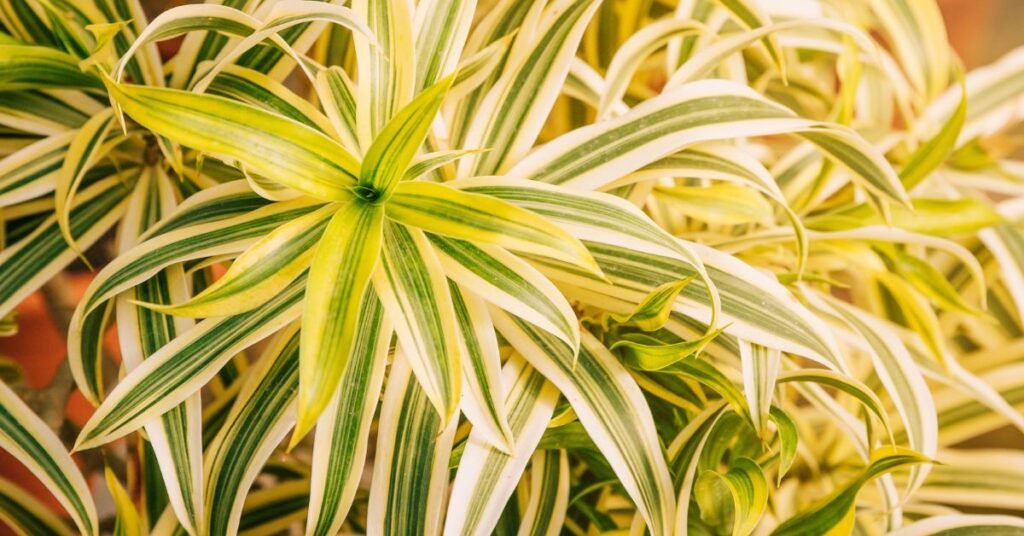The Schefflera plant, often known as the Umbrella Tree or Octopus Tree, is a popular indoor plant admired for its lush green leaves and easy-going nature. Its glossy, hand-shaped foliage spreads out like the ribs of an umbrella, giving the plant a distinct tropical charm. Whether you’re new to houseplants or a seasoned grower, Schefflera adds beauty and freshness to any home or office environment.
Introduction to the Schefflera Plant
Schefflera belongs to the Araliaceae family and originates from tropical regions such as Taiwan, Australia, and parts of the Pacific islands. It’s a versatile plant that adapts well to indoor conditions and can also thrive outdoors in warmer climates. The most common types include Schefflera arboricola (dwarf umbrella tree) and Schefflera actinophylla (larger umbrella tree).
These plants are loved for their attractive appearance, minimal maintenance requirements, and air-purifying qualities. The Schefflera is a perfect choice for people looking for greenery that doesn’t demand constant attention.
Types of Schefflera Plants
There are several varieties of Schefflera, but the two most popular ones are:
- Schefflera arboricola – This dwarf version grows up to 8 feet indoors and has smaller, compact leaves. It’s ideal for tabletops or floor decoration.
- Schefflera actinophylla – Known as the umbrella tree, this type can grow quite tall (up to 50 feet outdoors) and has larger, more dramatic leaves.
Some cultivars also feature variegated leaves with shades of yellow, cream, or white, making them visually appealing and suitable for ornamental use.

Ideal Growing Conditions
To help your Schefflera flourish, provide it with the right growing environment:
1. Light Requirements
Schefflera loves bright, indirect light. Too little light can cause leggy growth, while too much direct sunlight may scorch the leaves. A bright room with filtered sunlight is ideal.
2. Temperature and Humidity
Keep your Schefflera in a warm environment between 18°C and 27°C (65°F–80°F). It prefers moderate to high humidity levels, so occasional misting helps keep its foliage fresh. Avoid placing it near cold drafts or air conditioners.
3. Soil and Potting
Use well-draining potting soil with a mix of peat moss, perlite, and compost. Good drainage is essential to prevent root rot. Repot your Schefflera every 2–3 years or when the roots start to outgrow the container.
Watering and Feeding
Watering
Schefflera plants prefer slightly moist soil but don’t like to sit in water. Overwatering is a common mistake that leads to yellowing leaves or root rot. Water the plant only when the top inch of soil feels dry. During winter, reduce watering frequency as the plant’s growth slows down.
Fertilizing
Feed your Schefflera every 4–6 weeks during spring and summer using a balanced liquid fertilizer. In the colder months, stop fertilizing since the plant is in its resting phase. Regular feeding promotes healthy foliage and steady growth.
Pruning and Maintenance
Pruning helps shape the plant and encourages bushier growth. Cut back any leggy or overgrown stems to maintain a neat appearance. You can also pinch the tips to encourage new shoots. Always use clean, sharp scissors or pruning shears to avoid damaging the plant.
Wipe the leaves occasionally with a damp cloth to remove dust, which can block sunlight absorption.
Propagation Methods
Schefflera can be propagated through stem cuttings. Here’s how:
- Choose a healthy stem with several leaves.
- Cut a 4–6 inch section just below a leaf node.
- Remove the lower leaves and dip the cutting in rooting hormone.
- Plant it in a small pot filled with moist potting mix.
- Cover it with plastic or a humidity dome to retain moisture.
Keep it in bright, indirect light and ensure the soil remains slightly moist. Roots usually develop in 3–4 weeks.
Common Problems and Solutions
While Schefflera is a hardy plant, it can sometimes face a few issues:
- Yellow Leaves: Usually caused by overwatering or poor drainage. Allow the soil to dry before watering again.
- Leaf Drop: Often happens due to sudden temperature changes or low light. Move the plant to a more stable environment.
- Brown Leaf Tips: This can result from dry air or lack of humidity. Mist the plant regularly.
- Pests: Schefflera can attract spider mites, aphids, or mealybugs. Use neem oil or insecticidal soap to keep pests under control.

Benefits of Schefflera Plant
- Air Purification: Schefflera helps remove toxins like benzene, toluene, and formaldehyde from the air.
- Low Maintenance: It’s easy to care for, making it perfect for beginners.
- Decorative Appeal: Its umbrella-like foliage adds elegance and a tropical vibe to interiors.
- Stress Relief: Indoor greenery like Schefflera can improve mood and reduce stress.
Toxicity Warning
While Schefflera is beautiful, it’s toxic to pets and humans if ingested. It contains calcium oxalate crystals that can cause irritation and vomiting. Keep it away from children and animals.
Final Thoughts
The Schefflera plant is a stunning and resilient houseplant that brings life to any indoor space. With its lush foliage, adaptability, and air-purifying benefits, it’s an excellent addition for both homes and offices. Whether you choose the dwarf variety or the larger umbrella tree, this tropical beauty promises to thrive with minimal care and attention.
By following simple guidelines—proper light, watering, and occasional pruning—you can enjoy a vibrant, healthy Schefflera plant year-round.

